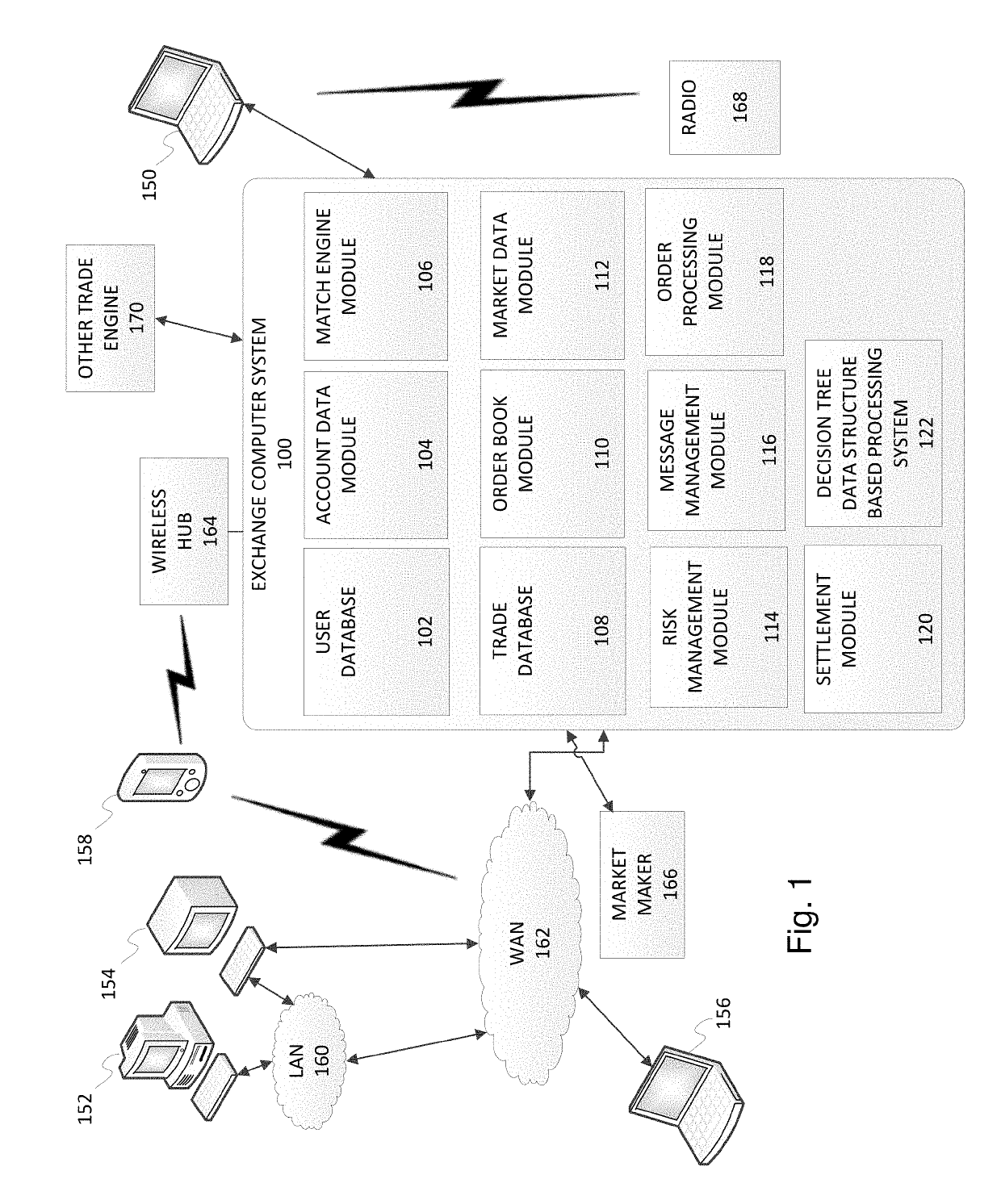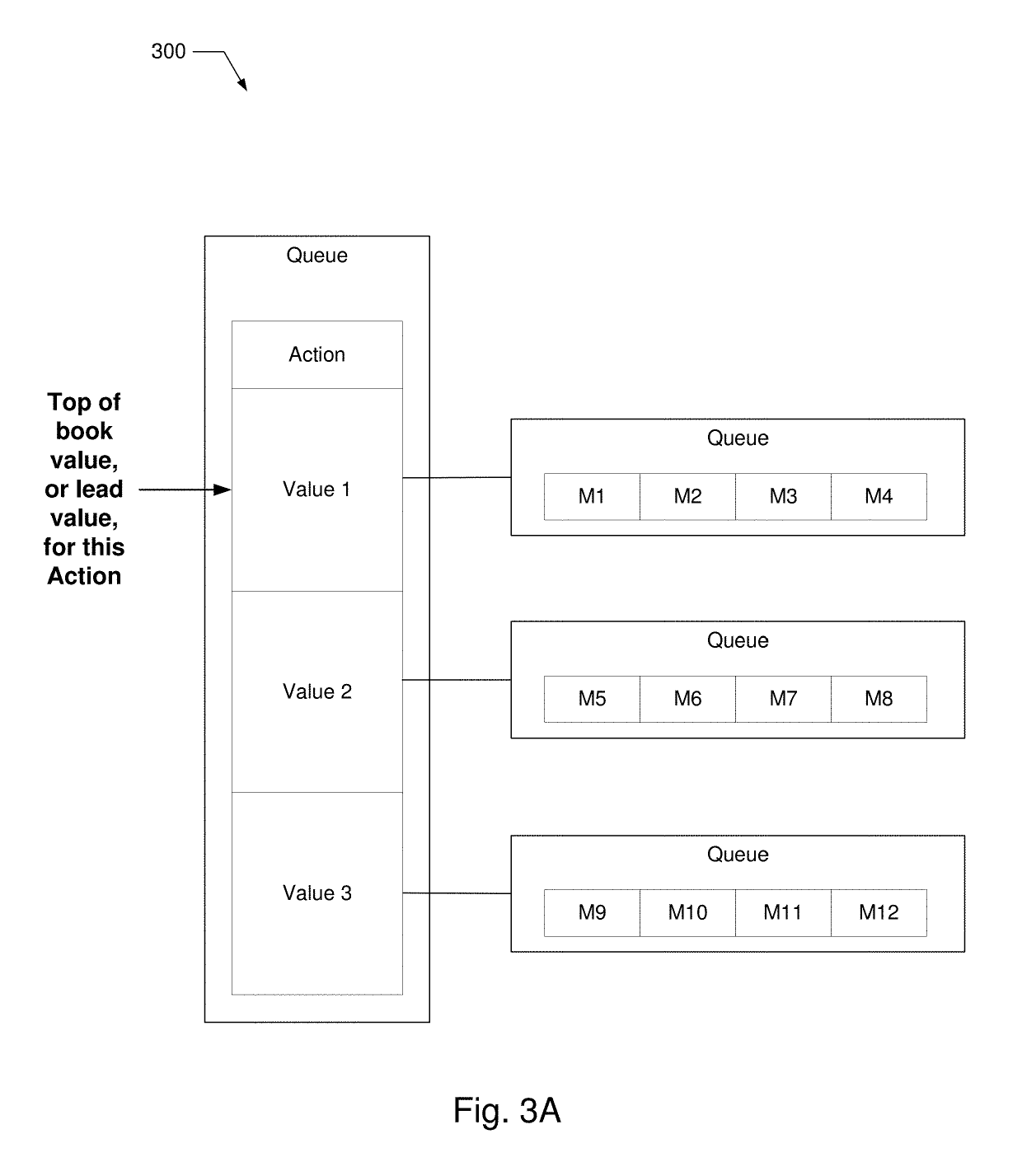Although the data providers may attempt to exercise control over the data being generated (which in many industries is extremely valuable and subscriptions can cost millions of dollars per year), given the ease with which
electronic data may be replicated and transmitted, in the case of many recipients, data subscription licenses can be difficult to control, audit, and bill.
However, once market data is generated by the futures exchange and disseminated to some licensed users, control of the market data becomes difficult.
Because exchange-generated market data constantly varies, it is likely that any system that relies on using exchange-generated market data as a basis for comparison will fail to detect whether a public website is using exchange-generated market data.
Such a system, that uses many different versions / instances of exchange-generated market data as a basis for comparison, would require vast computational resources and time.
Considering the large number of public websites that could potentially display / use exchange-generated market data currently exist on
the Internet, any comparison based search system would essentially be rendered ineffective.
An exchange computing system generates market data that is constantly changing, so comparing all the different versions / instances of exchange-generated market data (e.g., exchange-generated market data at different times over a period of time) to data on a public website can become extremely
processing intensive.
Such systems are not applicable or useful for detecting market data which, as described herein, may be constantly changing, in real time, as the state of an order book / market data for financial instruments depends on the
electronic trading activities of market participants.
Accordingly, a system cannot easily search for prices or numbers on public websites to detect if the public websites contain exchange-generated market data, because the exchange-generated market data may have already changed.
Such a system would not be able to detect that the website is using exchange-generated market data.
Exchange match engine systems may be subject to variable messaging loads due to variable market messaging activity.
With limited processing capacity, high messaging volumes may increase the
response time or latency experienced by market participants.
However, messages, whether MBO or MBP, generated responsive to market impacting events which are caused by more than one order, such as a trade, may require the transmission of a significant amount of data to convey the requisite information to the market participants.
In those markets, the failure of one participant can have a
ripple effect on the solvency of the other participants.
Conversely, CME's mark-to-the-market system does not allow losses to accumulate over time or allow a
market participant the opportunity to defer losses associated with market positions.
As an intermediary to
electronic trading transactions, the exchange bears a certain amount of risk in each transaction that takes place.
This may result in penalizing the trader who makes an errant trade, or whose underlying trading motivations have changed, and who cannot otherwise modify or cancel their order faster than other traders can submit trades there against.
Furthermore, while it may be beneficial to give priority to a trader who is first to place an order at a given price because that trader is, in effect, taking a risk, the longer that the trader's order rests, the less beneficial it may be.
However, a trader who took a risk by being first to place an order (a “market turning” order) at a price may end up having to share an incoming order with a much later submitted order.
This results in an escalation of quantities on the order book and exposes a trader to a risk that someone may trade against one of these orders and subject the trader to a larger trade than they intended.
In the typical case, once an incoming order is allocated against these large resting orders, the traders subsequently cancel the remaining resting quantity which may frustrate other traders.
However, identifying implied opportunities may be computationally intensive.
The creation of implied orders increases the number of tradable items, which has the potential of attracting additional traders.
In some cases, the outright market for the deferred month or other constituent contract may not be sufficiently active to provide market data (e.g., bid-offer data) and / or trade data.
If any one of the queues or components of the
transaction processing system experiences a
delay, that creates a backlog for the structures preceding the delayed structure.
For example, if the match or transaction component is undergoing a high processing volume, and if the pre-match or pre-transaction
queue is full of messages waiting to enter the match or transaction component, the conversion component may not be able to add any more messages to the pre-match or pre-transaction
queue.
In other words, the data generated by the data
transaction processing system may be fluctuating continuously in near real time, making it difficult to identify the data.
Additionally, the illustrations are merely representational and may not be drawn to scale.
 Login to View More
Login to View More  Login to View More
Login to View More 


